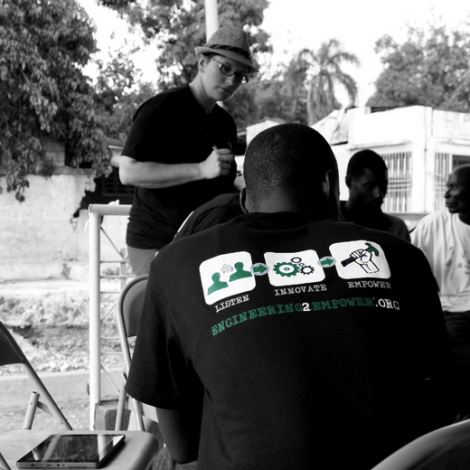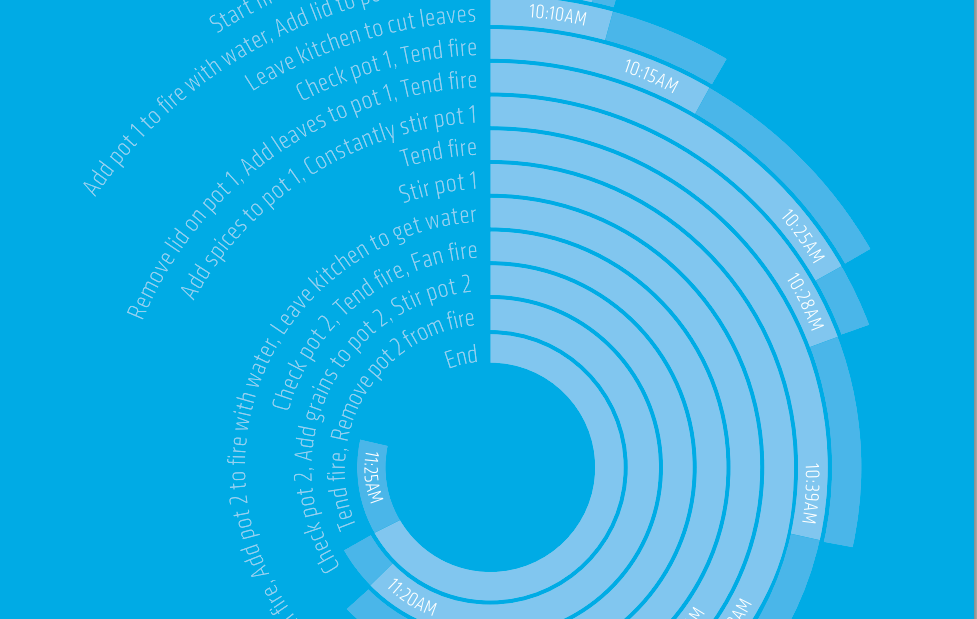In 2007, a team of students from Dartmouth College in Hanover, New Hampshire, presented a plan to curb the spread of counterfeit drugs in developing countries. The idea is simple. Drug companies label their containers with a unique, one-time-use alphanumeric code that consumers can enter into a text message when they buy the product. Sending the text message matches it against the drug company’s database, which then automatically informs the consumer of the drug’s authenticity.
The students presented their idea at the National Collegiate Inventors and Innovators Alliance’s Open Minds event. That presentation marked the start of a string of accolades and awards, including $10,000 by the Clinton Global Initiative University in 2009, and the students have formed the company Sproxil to distribute their drug coding service.
NCIIA’s Open Minds has had a long run helping student inventors gain recognition for their technologies that change lives. And NCIIA has granted funding to dozens of teams that went on to launch companies.
Open Minds concluded its 17th showcase March 23rd at the Smithsonian’s National Museum of American History in Washington, DC. Thirteen teams revealed 13 inventions and supporting constellations of services that solve some of the pervasive problems worldwide.
We have pinpointed five that could have important effects in emerging economies.
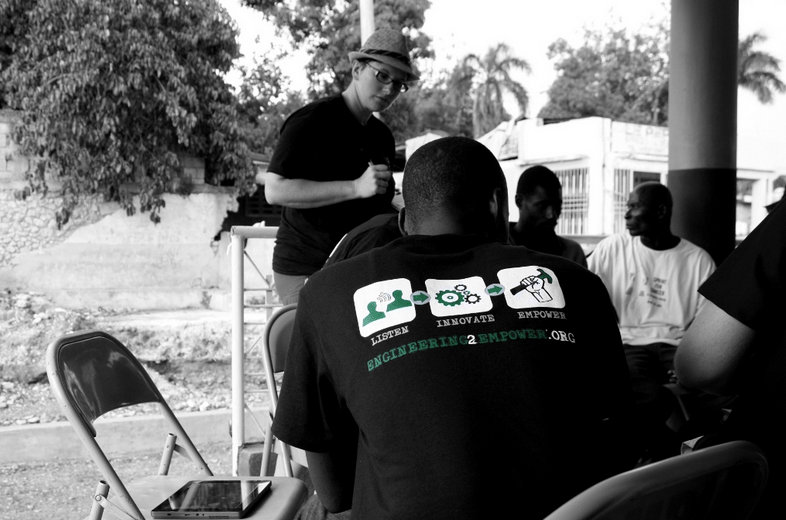
Tracy Kijewski-Correa (left), a co-founder of E2E, discusses her organization’s housing model with residents of Léogâne in Haiti, including Jean Edson (foreground), who works with E2E. Edson’s shirt shows the E2E logo. Photo courtesy of Dustin Mix.
Engineering2Empower’s low-cost, quake-resistant housing
When the smoke cleared after the earthquake in Haiti in 2010, the houses still standing amid the rubble of collapsed concrete and stone buildings were the “gingerbread” houses, built in a traditional style of panels on a frame. Inspired by their quake-resistant fortitude, students from the University of Notre Dame have designed disaster-resistant homes built from lightweight concrete panels on a reinforced concrete frame.
Engineering2Empower’s design has one story with four rooms, each eight-by-eight meters that conforms to international building codes. Costs are low, the materials are widely available in Haiti, and the structures could save lives when the next disaster strikes.
“The current design iteration came from spending a lot of time with the local Haitian community of Léogâne. Between reconnaissance work after the earthquake, community charrettes, and a widespread survey and interview effort, we were able to really wrap our heads around both the needs and desires of the community, as well as the constraints in terms of materials, skill sets, and demands on the structure,” Dustin Mix, one of the founders of Engineering2Empower, told E4C.
“We believe strongly that the solutions to a lot of the developing world’s problems have to be solved in direct partnership with the communities they affect. E2E has a mantra that really drives everything we do: “Listen. Innovate. Empower”. These three words represent the process we believe is essential to solving the world’s largest challenges, even if those solutions start on the smallest, grassroots scale,” Mix told E4C. Mix and his team plan to seed E2E depots in Haiti, providing custom, reusable forms for concrete and mechanized mixers that ensure the concrete’s quality.
For more, please see their video.
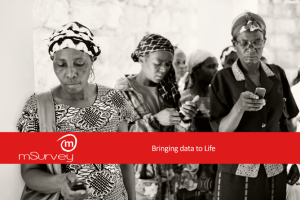 mSurvey’s SMS-based survey service
mSurvey’s SMS-based survey service
mSurvey employs text-messaging services on cell phones to gather information in communities in developing regions. The data can serve governments, aid and other non-profit organizations and companies, and the community members who participate receive payment for their trouble.
Kenfield Griffith and a team from MIT in Cambridge, Mass., have deployed the technology in East Africa and the Caribbean. In a sort of meta-experiment, they have used their digital technology to gather data on the digital divide among the 1.3 million inhabitants of Trinidad and a handful of African communities.
“From monitoring clinical trials to reduce HIV/AIDS infections, to tracking solar lamps and cook stoves in Kenya, mSurvey is impacting the daily lives of many. We are hoping that one day mSurvey’s technology will be able to collect data from two countries in parallel (say, Kenya and Nigeria) using a real-time comparative analysis to dictate impactful change,” Griffith told E4C.
Now, the team is scaling up mSurvey in East Africa with plans to expand into West Africa and the Caribbean in late 2013 and early 2014. They also plan a do-it-yourself mobile survey product, which should arrive soon, Griffith says.
For more, please see their video.
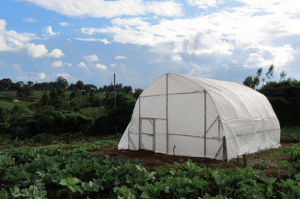 The Affordable Greenhouse Venture
The Affordable Greenhouse Venture
With greenhouses, farmers can grow crops year round with two-thirds of the water in two-thirds of the time and they can expect to see 20 percent better yields. Most greenhouse designs are too big and too costly for small-holder farmers, especially those in developing countries, however, according to the Affordable Greenhouse Venture team at Pennsylvania State University in University Park, Penn.
Working with the Penn State professor Khanjan Mehta, who led an E4C Webinar in the advantages of academic research for social enterprise and engineering for global development, the team has developed a low-cost greenhouse design. As would be expected from a team under Mehta’s direction, they began with research. They interviewed 50 farmers and the representatives of 20 agro-businesses. Then they built a community of more than 2000 people in Kenya, Rwanda and Tanzania who used their greenhouse prototypes and offered their opinions for improvement. Their design has a base cost of $350 and it can expand into something bigger and more expensive as a farm grows.
“The affordability, modularity and scalability of our greenhouses are key to its success in the market. Farmers can buy the basic greenhouse and then expand it as profits and savings accrue. The typical return on investment (ROI) with good market timing is only two growing seasons,” Arianna De Reus, one of the founders of the venture, told E4C.
“We owe our success so far to an extremely passionate cross-functional team representing students from engineering, business, agriculture and the social sciences. Our team is mentored by professors and entrepreneurs with decades of experience developing and commercializing technologies for resource-constrained environments. Law students help us craft our legal strategy and instruments for licensing the technology,” De Reus says. In 2012, the team licensed its designs to Mavuuno Greenhouses Limited, a for-profit company that manufactures greenhouse kits for East African farmers.
For more information, please see the team’s video.
MaxQ better vaccine containers
Many vaccines are notoriously fragile, needing chill, but not freezing temperatures to maintain their efficacy. In spite of the products’ importance, the containers in which they are shipped have not had a design upgrade in decades. As many as half of the vaccines that the World Health Organization ships to developing countries are damaged, and even in the United States vaccine losses cost millions of dollars, according to a team at Oklahoma State University. The students there have met the challenge with MaxTemp, a container material that insulates better, takes up less space and can withstand higher impacts than the currently used products.
For more information, please see their video.
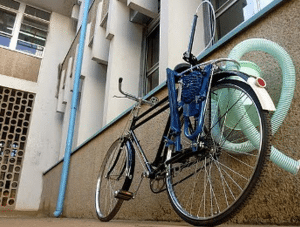 Sanergy’s complete sanitation solution
Sanergy’s complete sanitation solution
Nate Sharpe, founder of Sanergy, built this bike-powered latrine pump with locally-sourced parts in Nairobi, Kenya. Sanergy is the creative team behind the bicycle poop pump, which we were happy to include in our news coverage: A bike-powered poop pump redefines low-cost sanitation. The team from MIT is now featuring its plan for poop collection and conversion of sewage into usable electricity at Open Minds. We’ll let them explain it further in their video.
